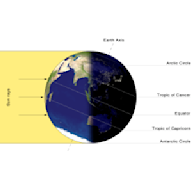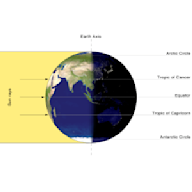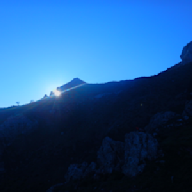Search results
Image via Abigail Hart. Bottom line: The 2025 June solstice will happen at 2:42 UTC on June 21 (9:42 p.m. CDT on June 20). This solstice – the beginning of summer in the Northern Hemisphere ...
The June solstice is the day with the longest daylight in the Northern Hemisphere and the shortest in the Southern Hemisphere. It occurs annually between 20 and 22 June and marks the solar year based on this date.
Jun 19, 2024 · The solstice would have been at 4:51 p.m. EDT on June 21 this year, except 2024 is a leap year. With February 29 added to the calendar, that extra day pulls the solstice back to 4:51 p.m. EDT on ...
May 17, 2024 · Each year, the summer solstice in the Northern Hemisphere falls on one of two days: June 20 or June 21. In the Southern Hemisphere, the summer solstice happens on Dec. 21 or Dec. 22.
The summer solstice occurs during the hemisphere's summer. In the Northern Hemisphere, this is the June solstice (20, 21 or 22 June) and in the Southern Hemisphere, this is the December solstice (20, 21, 22 or 23 of December). Since prehistory, the summer solstice has been a significant time of year in many cultures, and has been marked by ...
On average, summer lasts for 93.6 days in the Northern Hemisphere and 89.0 days in the Southern Hemisphere. Average season lengths: March equinox to June solstice: 92.8 days. June solstice to September equinox: 93.6 days. September equinox to December solstice: 89.8 days.
People also ask
When is the summer solstice?
When is the June solstice?
What is the difference between June and winter solstice?
What time is the summer solstice 2024?
Where is the Sun at the June solstice?
What is a northern summer solstice?
For the Northern Hemisphere, the official summer season starts on June 20 or 21, depending on where you live, with the arrival of the summer solstice. So what is a solstice, exactly?




